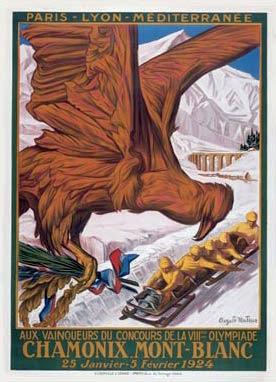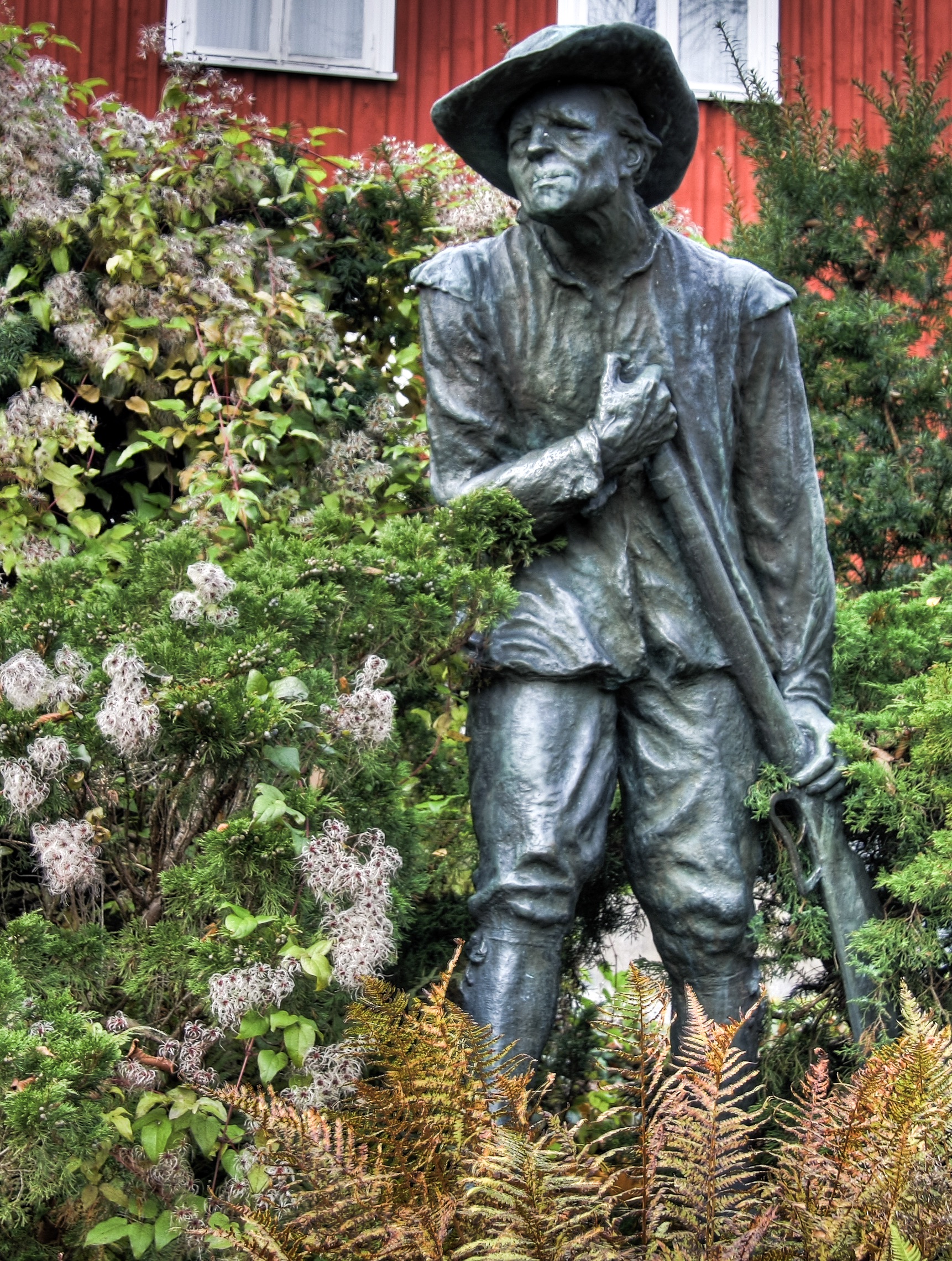|
Uno Röndahl
Per Uno Agathon Röndahl (19 September 1924 – 10 October 2011) was a Swedish police officer and author. Uno Röndahl’s writings centered on Scanian history and especially the war events taking place in the province of Skåne and in particular in the border areas between contemporary Danish Skåne/Blekinge and Swedish Småland during the period 1645-1720. Career Uno Röndahl was born in Näsum in Villand (North-Eastern Scania). His career began in the Swedish Navy and then he became a policeman in Stockholm. Already during childhood, his interest for the history of Scania was awakened. During his time in Stockholm he enjoyed rich opportunities to visit museums, libraries and archives. This interest followed him when he later took over as a police detective in the city of Kristianstad. With research methods similar to that of a detective’s persistent curiosity, he supplemented his historical knowledge by for many years going through old documents and archives not only in Kri ... [...More Info...] [...Related Items...] OR: [Wikipedia] [Google] [Baidu] |
Skåne
Scania ( ), also known by its native name of Skåne (), is the southernmost of the historical provinces of Sweden, provinces () of Sweden. Located in the south tip of the geographical region of Götaland, the province is roughly conterminous with Skåne County, created in 1997. Like the other historical provinces of Sweden, Scania still features in colloquial speech and in cultural references, and can therefore not be regarded as an archaic concept. Within Scania there are 33 municipalities of Sweden, municipalities that are autonomous within the Skåne Regional Council. Scania's largest urban areas of Sweden, city, Malmö, is the third-largest city in Sweden, as well as the fifth-largest in Scandinavia. To the north, Scania borders the historical provinces of Halland and Småland, to the northeast Blekinge, to the east and south the Baltic Sea, and to the west Öresund. Since 2000, a road and railway bridge, the Öresund Bridge, bridges the Öresund, Sound and connects Scania ... [...More Info...] [...Related Items...] OR: [Wikipedia] [Google] [Baidu] |
Halland
Halland () is one of the traditional provinces of Sweden (''landskap''), on the western coast of Götaland, southern Sweden. It borders Västergötland, Småland, Skåne, Scania and the sea of Kattegat. Until 1645 and the Second Treaty of Brömsebro (1645), Second Treaty of Brömsebro, it was part of the Kingdom of Denmark. Its name means ''Land of Rocky Slabs'' (Swedish: ''hällar'') referring to the coastal cliffs of especially the northern part of the region. Administration The provinces of Sweden serve no administrative function. Instead, that function is served by the Counties of Sweden. However, the province of Halland is almost coextensive with the administrative Halland County, though parts of the province belong to Västra Götaland County and Skåne County, while the county also includes parts of Småland and Västergötland. As of 31 December 2023, Halland had a population of 351,508. Heraldry During the Danish era until 1658, the province had no coat of arms a ... [...More Info...] [...Related Items...] OR: [Wikipedia] [Google] [Baidu] |
Swedish Police Officers
Swedish or ' may refer to: Anything from or related to Sweden, a country in Northern Europe. Or, specifically: * Swedish language, a North Germanic language spoken primarily in Sweden and Finland ** Swedish alphabet, the official alphabet used by the Swedish language * Swedish people or Swedes, persons with a Swedish ancestral or ethnic identity ** A national or citizen of Sweden, see demographics of Sweden ** Culture of Sweden * Swedish cuisine See also * * Swedish Church (other) * Swedish Institute (other) * Swedish invasion (other) * Swedish Open (other) Swedish Open is a tennis tournament. Swedish Open may also refer to: * Swedish Open (badminton) * Swedish Open (table tennis) * Swedish Open (squash) * Swedish Open (darts) {{disambiguation ... {{disambig Language and nationality disambiguation pages ... [...More Info...] [...Related Items...] OR: [Wikipedia] [Google] [Baidu] |
2011 Deaths
This is a list of lists of deaths of notable people, organized by year. New deaths articles are added to their respective month (e.g., Deaths in ) and then linked below. 2025 2024 2023 2022 2021 2020 2019 2018 2017 2016 2015 2014 2013 2012 2011 2010 2009 2008 2007 2006 2005 2004 2003 2002 2001 2000 1999 1998 1997 1996 1995 1994 1993 1992 1991 1990 1989 1988 1987 1986 Earlier years ''Deaths in years earlier than this can usually be found in the main articles of the years.'' See also * Lists of deaths by day * Deaths by year (category) {{DEFAULTSORT:deaths by year ... [...More Info...] [...Related Items...] OR: [Wikipedia] [Google] [Baidu] |
1924 Births
Events January * January 12 – Gopinath Saha shoots Ernest Day, whom he has mistaken for Sir Charles Tegart, the police commissioner of Calcutta, and is arrested soon after. * January 20–January 30, 30 – Kuomintang in China holds its 1st National Congress of the Kuomintang, first National Congress, initiating a policy of alliance with the Soviet Union and the Chinese Communist Party. * January 21 – Alexander Cambridge, 1st Earl of Athlone, The Earl of Athlone is appointed Governor-General of the Union of South Africa, and High Commissioner for Southern Africa.Archontology.org: A Guide for Study of Historical Offices: South Africa: Governors-General: 1910-1961 (Accessed on 14 April 2017) * January 22 – R ... [...More Info...] [...Related Items...] OR: [Wikipedia] [Google] [Baidu] |
Snapphane
A ''snapphane'' was a member of a 17th-century pro- Danish guerrilla organization, auxiliaries or paramilitary troops that fought against the Swedes in the Second Northern and Scanian Wars, primarily in the eastern former Danish provinces that had become southern Sweden in these wars. The term was a derogatory reference for those the Swedish authorities considered illegal combatants. Categories were of five general categories: * Regular special forces from the Danish army sent to work behind enemy lines to disrupt communications and supply lines, obtain intelligence, prevent Swedish tax collection, catch traitors, and help Danes escape from enemy territory. Captain Pieter Sten, who the Swedes considered the fiercest of , spent part of his time in the regular army and ran a spy central at the Ringsøe lake (now Ringsjön). Nicolai Hermansen held similar roles. * The King's were lightly armed cavalry units who fought in the rear and did the same tasks as the first categor ... [...More Info...] [...Related Items...] OR: [Wikipedia] [Google] [Baidu] |
Sweden
Sweden, formally the Kingdom of Sweden, is a Nordic countries, Nordic country located on the Scandinavian Peninsula in Northern Europe. It borders Norway to the west and north, and Finland to the east. At , Sweden is the largest Nordic country by both area and population, and is the List of European countries by area, fifth-largest country in Europe. Its capital and largest city is Stockholm. Sweden has a population of 10.6 million, and a low population density of ; 88% of Swedes reside in urban areas. They are mostly in the central and southern half of the country. Sweden's urban areas together cover 1.5% of its land area. Sweden has a diverse Climate of Sweden, climate owing to the length of the country, which ranges from 55th parallel north, 55°N to 69th parallel north, 69°N. Sweden has been inhabited since Prehistoric Sweden, prehistoric times around 12,000 BC. The inhabitants emerged as the Geats () and Swedes (tribe), Swedes (), who formed part of the sea-faring peopl ... [...More Info...] [...Related Items...] OR: [Wikipedia] [Google] [Baidu] |
Blekinge
Blekinge () is one of the traditional Swedish provinces (), situated in the southern coast of the geographic region of Götaland, in southern Sweden. It borders Småland, Scania and the Baltic Sea. It is the country's second-smallest province by area (only Öland is smaller), and the smallest province located on the mainland. The name "Blekinge" comes from the dialectal adjective , which corresponds to the nautical term for "dead calm". Administration The historical provinces of Sweden serve no administrative function. However, Blekinge is the only province, besides Gotland, which covers exactly the same area as the administrative county, which is Blekinge County. Heraldry Blekinge was granted its current arms in 1660 at the time of the funeral of King Charles X Gustav of Sweden (1622–1660) based on a seal from the 15th century. Symbolically the three crowns from the Coat of arms of Sweden had been placed on the trunk of the tree to mark the change in status of t ... [...More Info...] [...Related Items...] OR: [Wikipedia] [Google] [Baidu] |
Rigsarkivet
The Danish National Archives () is the national archive system of Denmark. Its primary purpose is to collect, preserve and archive historically valuable records from central authorities, such as ministries, agencies and national organisations and make them available to the public. The archive is part of the Ministry of Culture. Previously the term Danish State Archives () was used as the collective name for the archive system. In 2014 the archives were reorganised, and the name Rigsarkivet (which had previously only applied to the Danish National Archives in Copenhagen) became the new collective name for the entire archive system. History In the early Middle ages, the majority of records keep by Danish monarchs were packed into chests which accompanied them on their travels around the kingdom. The first evidence of permanent government archives comes from the 14th century, when an archive was established at Vordingborg Castle. Soon after, Queen Margaret I established an archive a ... [...More Info...] [...Related Items...] OR: [Wikipedia] [Google] [Baidu] |
Copenhagen
Copenhagen ( ) is the capital and most populous city of Denmark, with a population of 1.4 million in the Urban area of Copenhagen, urban area. The city is situated on the islands of Zealand and Amager, separated from Malmö, Sweden, by the Øresund strait. The Øresund Bridge connects the two cities by rail and road. Originally a Vikings, Viking fishing village established in the 10th century in the vicinity of what is now Gammel Strand, Copenhagen became the capital of Denmark in the early 15th century. During the 16th century, the city served as the ''de facto'' capital of the Kalmar Union and the seat of the Union's monarchy, which governed most of the modern-day Nordic countries, Nordic region as part of a Danish confederation with Sweden and Norway. The city flourished as the cultural and economic centre of Scandinavia during the Renaissance. By the 17th century, it had become a regional centre of power, serving as the heart of the Danish government and Military history ... [...More Info...] [...Related Items...] OR: [Wikipedia] [Google] [Baidu] |



